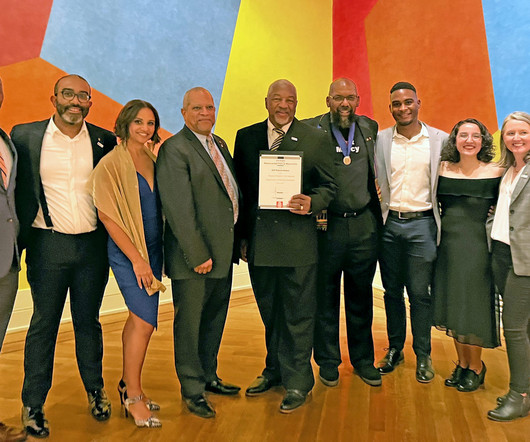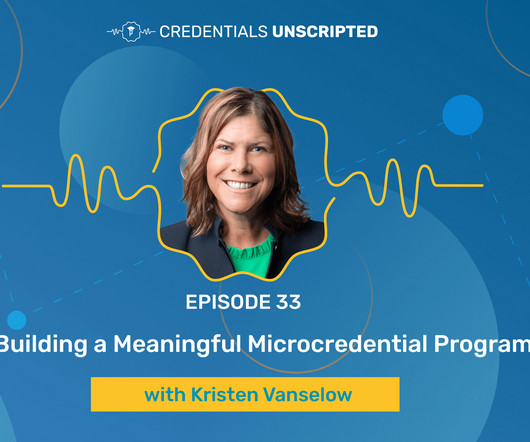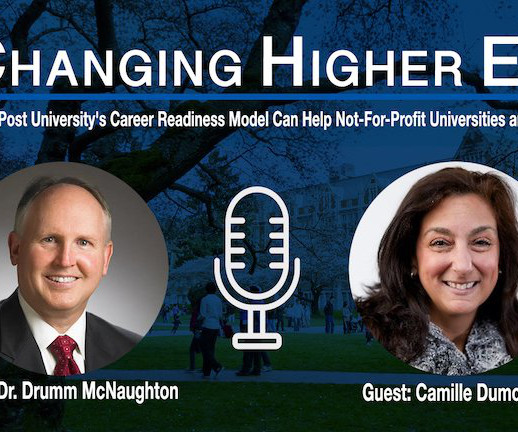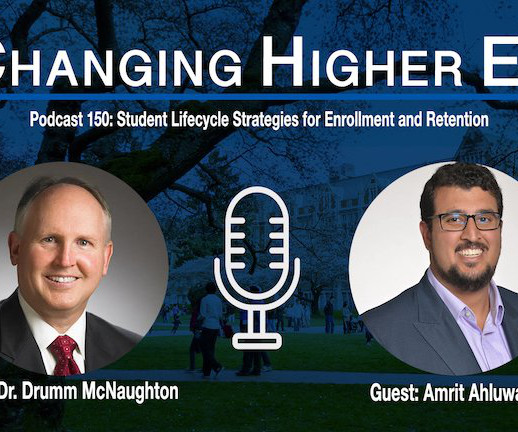How universities can build new bridges to industry
University Business
APRIL 15, 2025
With the world of continuing education evolving rapidly, universities have a unique opportunity to bridge education with industry needs. As workforce demands shift, higher education institutions must ensure professionals can upskill efficiently, meeting local labor market needs while driving economic mobility.


















Let's personalize your content